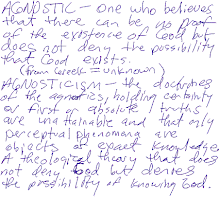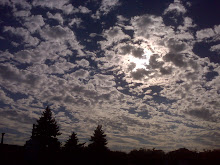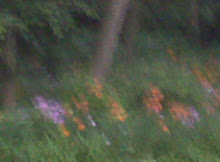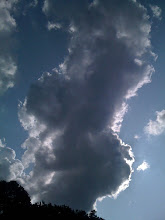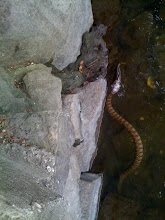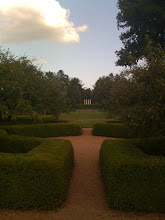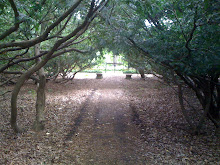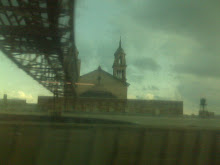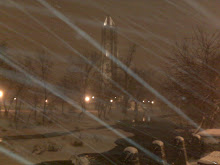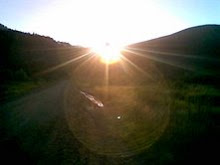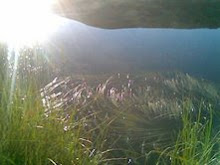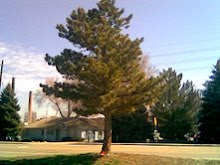In the months following the death of his young bride, Ralph Waldo Emerson made daily sojourns to her tomb. Ellen’s death had left Emerson bereft, unsure of his faith, and questioning the idea of personal immortality. And so it was, in a state of deep spiritual crisis and craving a direct and unmediated experience of death, that on a cold March day in 1832 Emerson journeyed to the tomb and opened the coffin of his beloved. The experience changed him. Though afterwards he continued to walk to Ellen’s grave every day, his absorption with death dissolved and he determinately turned his gaze and thoughts to life. Shortly after his graveyard experience Emerson penned a sermon titled “The God of the Living” and an entry in his journal around that time reads, “Let us express our astonishment before we are swallowed up in the yeast of the abyss.”[1]
Religion may be seen as our human response to the dual mystery of being alive and having to die.[ii] Unitarian Universalists place a strong emphasis on the here and now, but what do they have to say about dying? Have their notions about death changed over time? How are these ideas reflected in UU theology? As death is an oft ignored subject in UU circles, I cast a wide net in searching for answers to these questions. Clues can be found in the writings of historical and contemporary theologians, UU religious education curriculums, commemoration services, and funereal songs and readings.
For a complete review of this excellent journey through the ecumenical evolution of the UU view of death, the UU contribution to the modern garden graveyard and an interesting contemplation on death, life and some of the practices surrounding both, please see Kristine's full paper posted in the comments below (apologies for the formatting, but I couldn't attach/post properly at this time.)
As an absolute agnostic, I'm quite fascinated by the Universalist Unitarian's lack of a single perspective, or said another way, their openness and integration of the diverse viewpoints of many. I was even more intrigued to find out that many UU congregations even have atheists among them.
I've long contended that an agnostic is nothing but a polite atheist, aware of both the upsetting nature of his/her beliefs on others when expressed as well as the personal liability of being a non-believer in a world of religiosity. It is encouraging to see a congregation that seems to be more focused on living together as humans than the elevation of a world view, godhead or political institution. Thanks Kat for sharing your academic paper!
Happy holidays to all and here's wishing for a 2010 with more joy, prosperity and tolerance for all.





